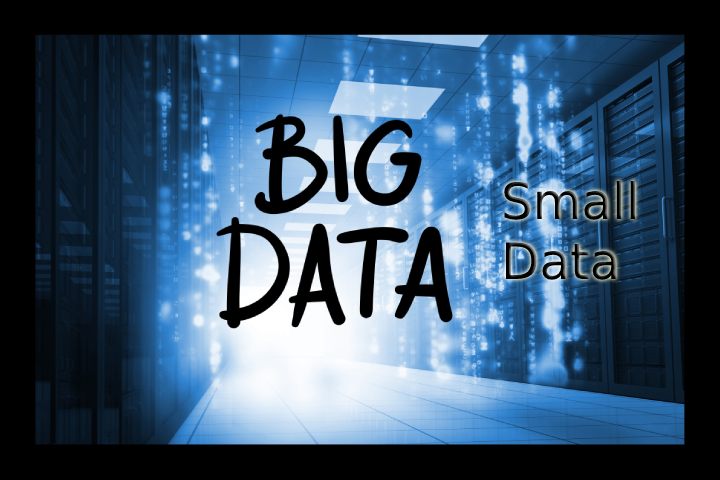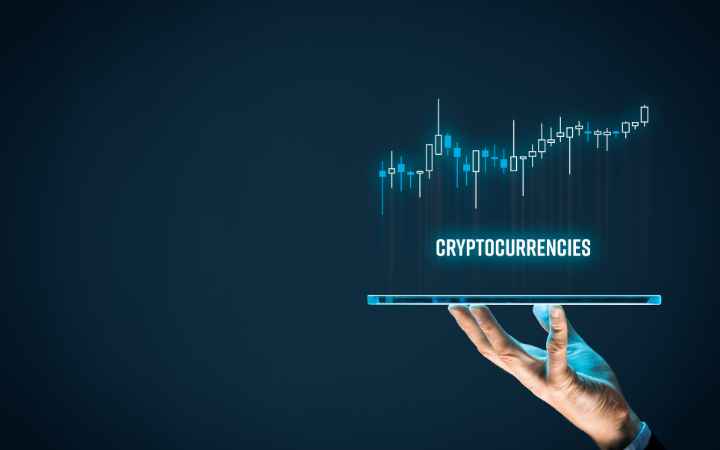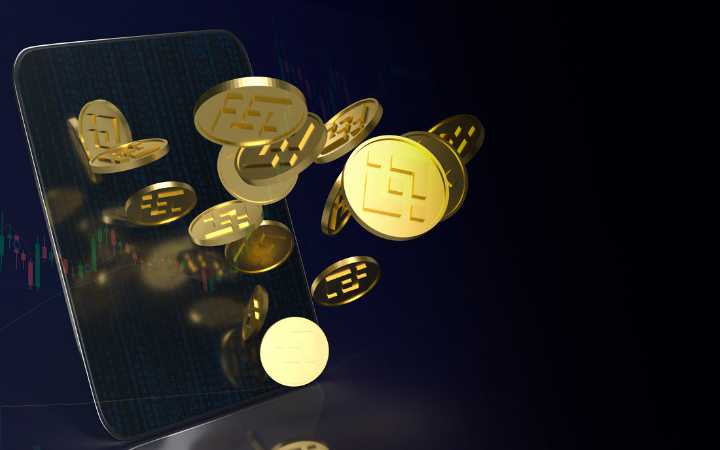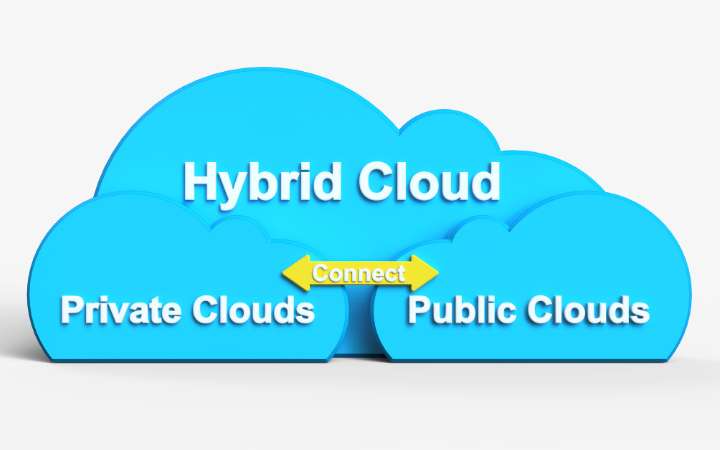Big Data & Small Data: What Are They & How Are They Different?

Understanding how Big Data and Small Data influence your business strategy is necessary in today’s world.
Sure, most organizations understand the importance of data, but only some understand the relationship between the two types.
Big Data is often discussed in business intelligence, and you may have already used it in your organization. But when did you last think about her little sister, the Small Data?
The key is understanding the difference between the two and finding value in both.
Big Data vs. Small Data: A Summary
Big Data is data created in valuable ways, such as through transactions, clicks, Radio Frequency Identification (RFID) readers, sensors, financial data, and an increasing number of devices connected to IoT (Internet of Things).
Small Data, on the other hand, is the data we collect through primary research. It is derived from qualitative research (focus groups, home ethnographies, online communities, etc.) and quantitative survey research. It is where we question or observe people directly to discover their attitudes, motivations, and values.
But now, the detailed explanation of each one.
What Is Big Data?
Big Data are high-volume, high-velocity, and high-variety information assets that demand cost-effective and innovative ways of processing information that enable better understanding, decision-making, and process automation.
Big data is extremely large in volume, often reaching terabytes and petabytes. It requires advanced computing power and new processing techniques to manage and visualize.
On the other hand, the speed of Big Data is the speed at which the data appears.
The data speed is slower and is collected over days and weeks. Finally, consisting entirely of known details, the data is structured (i.e., numeric) and unstructured (i.e., text, images, video).
What Is Small Data?
On the other hand, Small Data is nothing more than small clues that discover big trends.
It connects people with valuable and timely information (derived from Big Data and “local” sources), organized and packaged (often visually) to make it accessible, understandable, and actionable for daily tasks.
What is crucial here is that it should be “simple enough to make sense for humans”. Compared to Big Data, the volume of Small Data is more manageable and is measured in megabytes and gigabytes.
The data speed is slower and is collected over days and weeks. Finally, consisting entirely of known details, the data is structured (i.e., numeric) and unstructured (i.e., text, images, video).
Ten Differences Between Big Data And Small Data
We have listed below the top ten differences between Small Data and Big Data:
1) Goals
Small Data is generally collected for a specific purpose. Big data, on the other hand, may have a goal in mind when it was first started, but things can evolve or take unexpected directions.
2) Location
Small data is generally found in one place and is often collected in a single computer file, while big data can be stored in multiple files, servers, computers, or even in different geographic locations.
3) Structure/Content
Small Data is typically structured like an Excel spreadsheet, with rows and columns of data. But Big Data may be unstructured, with many formats and files involved, and may be linked to other resources.
4) Preparation
Small Data tends to be prepared by the end user for their purposes, but Big Data is prepared by a whole group, analysed by a second group, and even used by a third group for different purposes and disciplines.
5) Longevity
Small Data is retained for a specific amount of time after a project ends because there is a clear endpoint. With Big Data, data is extracted for specific projects extended for a longer lifespan and is often reused and continued, mainly due to its difficulty and cost of extraction.
6) Measurement
Small Data is generally measured by a single protocol using set units and is usually done simultaneously. At the same time, Big Data is often measured on a large scale with many protocols, which need to be converted for consistency because you can have people in different places, organizations, and times measuring the same information.
7) Reproducibility
Small data sets can be fully (or almost fully) reproduced if something goes wrong in the analysis process. Unfortunately, those larger groups may not be able to be extracted a second time as they come from different sources.
8) Risk
The costs related to Small Data are limited in the hypothetical case that something goes wrong. But big data-backed projects can cost hundreds of millions of dollars if data is lost or corrupted. This could harm an entire organization or a researcher’s career.
9) Introspection
The information is already quite organized and understandable in a small data set from its first input points. However, on a larger scale, the extraction of data, files, and formats can end up with information that needs to be identifiable, not traceable, or with little meaning.
10) Analysis
With small data, it is usually possible to analyse all the data simultaneously in a single procedure from a device or program.
However, with big data, because the files are so large and spread across many different sources, additional steps may be needed before extraction, reduction, transformation, and other steps to make data analysis manageable.
Also Read: ChatGPT Is Transforming Businesses With AI In 2023






